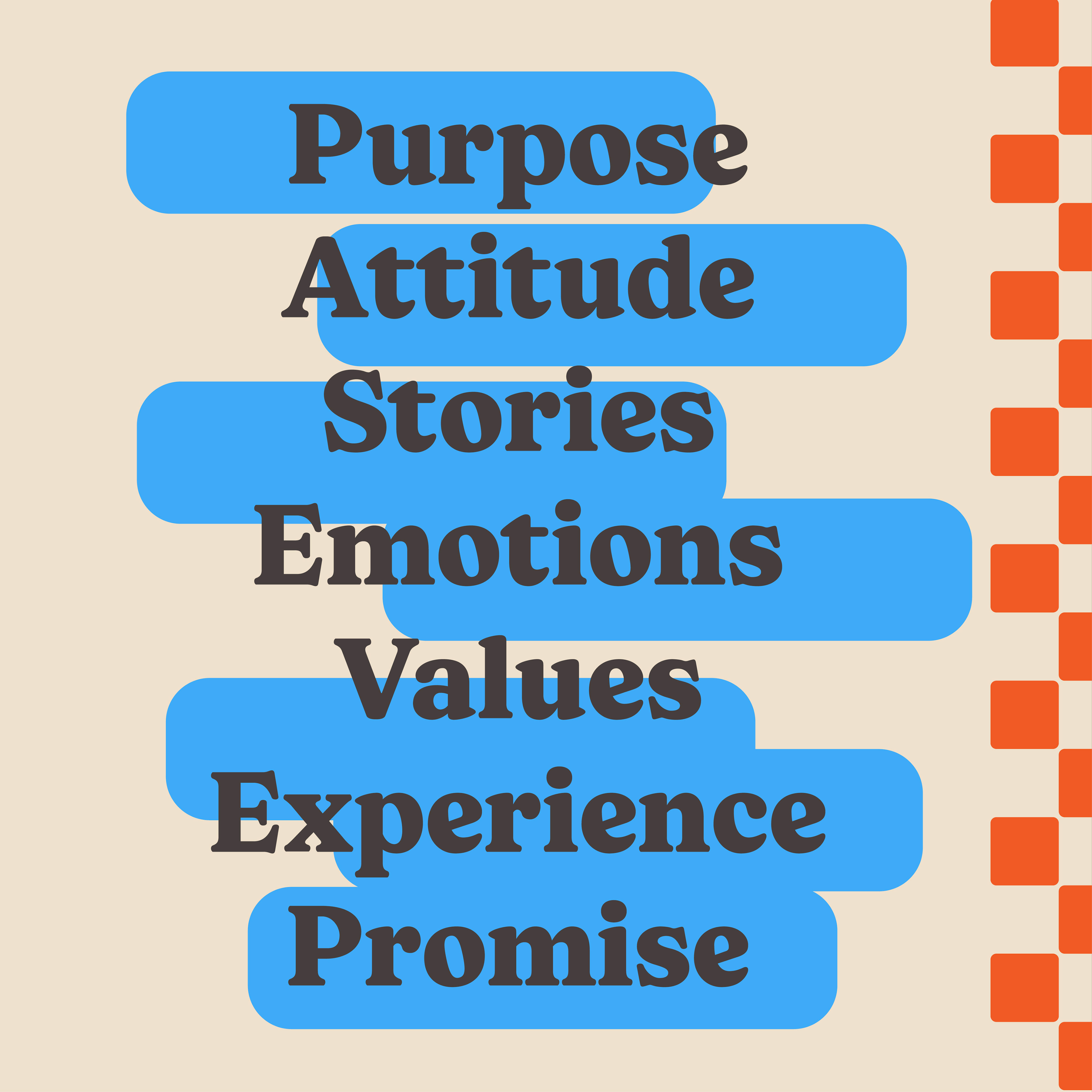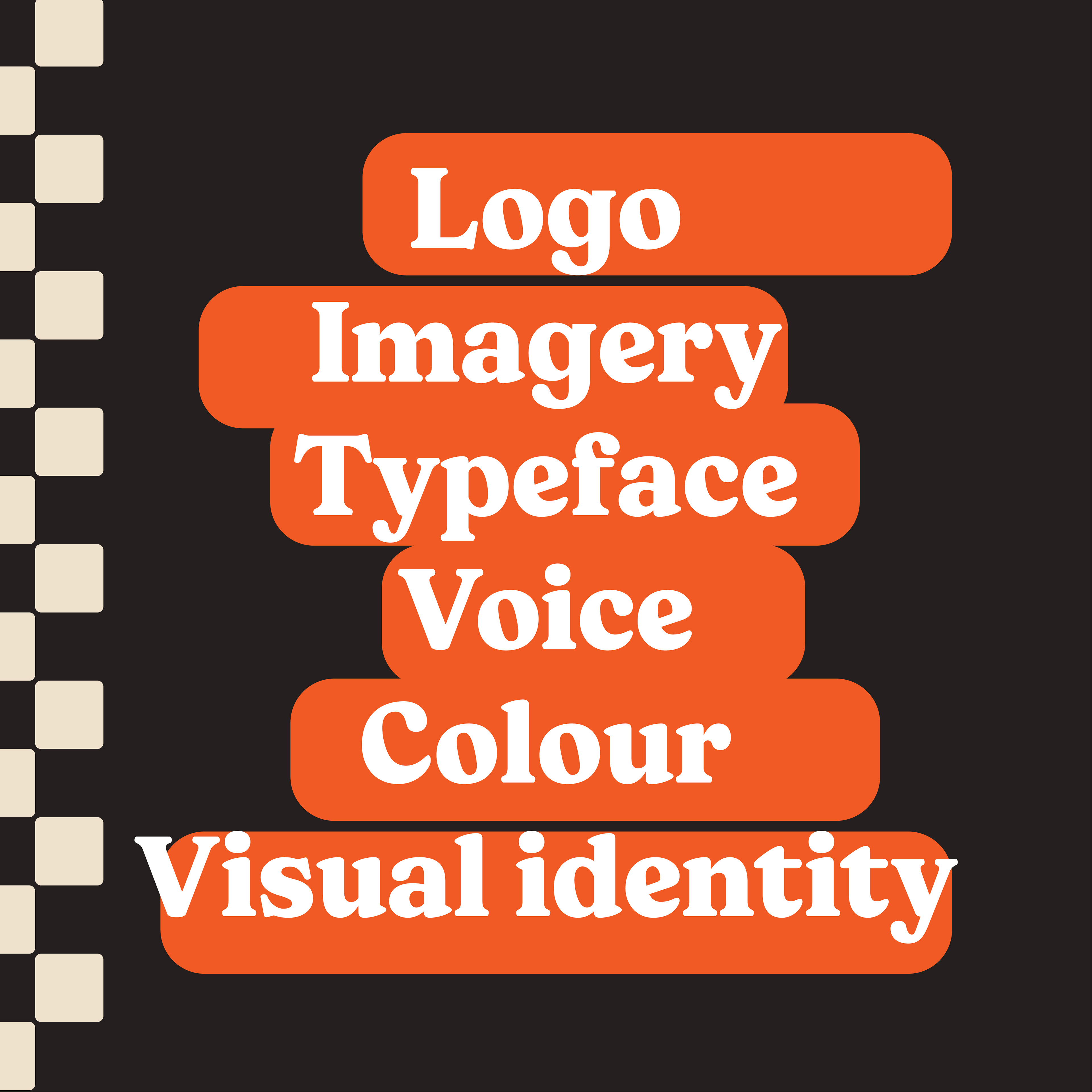By Tuyen Lam
You’ve probably heard the terms “brand” and “branding” thrown around a lot—especially in marketing and design conversations. But have you ever stopped to ask yourself:
Are they the same thing?
What exactly is the difference between a brand and branding?
Are they the same thing?
What exactly is the difference between a brand and branding?
Let’s simplify the concept.
What is a Brand?
A brand is everything that lives in the mind of the customer about a business or product. It’s not just a logo or a color—it’s the emotional, psychological, and cultural impression a person has when they hear or see a brand name.
In other words, a brand is the essence of how people remember, relate to, and talk about your business.
When we talk about a brand, we’re referring to:
- Core values
- Brand story
- Brand promise
- Vision and mission
- Reputation and perception
A brand isn’t something you create overnight. It is built slowly over time, shaped by customer experiences, trust, and emotional connection.


What is Branding?
Branding, on the other hand, is the process of expressing that brand through sensory elements—things people can see, hear, feel, or even smell.
It’s how a business communicates its identity and personality to the world.
When we talk about branding, we’re referring to:
Visual identity (logos, fonts, color palettes)
Imagery and style
Brand guidelines and assets
Sound (like jingles or brand music)
Packaging, interior design, and user experience
Branding is what designers and creatives build to make the brand recognizable, memorable, and consistent across all touchpoints.
The Relationship Between Brand and Branding
To put it simply:
Brand is the perception.
Branding is the expression.
A strong brand comes from clear values and consistent experiences.
Branding helps shape those experiences so that customers can recognize and trust the brand more easily.
Branding helps shape those experiences so that customers can recognize and trust the brand more easily.
It’s important to note that while branding can be designed, a brand must be earned—through time, action, and consistent delivery.
Whose Job Is It?
Designers and creative teams are primarily responsible for building and maintaining branding—they create the tools, visuals, and assets that shape how the brand is seen.
Building the brand itself, however, is a collective effort. It involves marketing teams, customer service, product development, leadership—and most importantly, time and customer trust.
